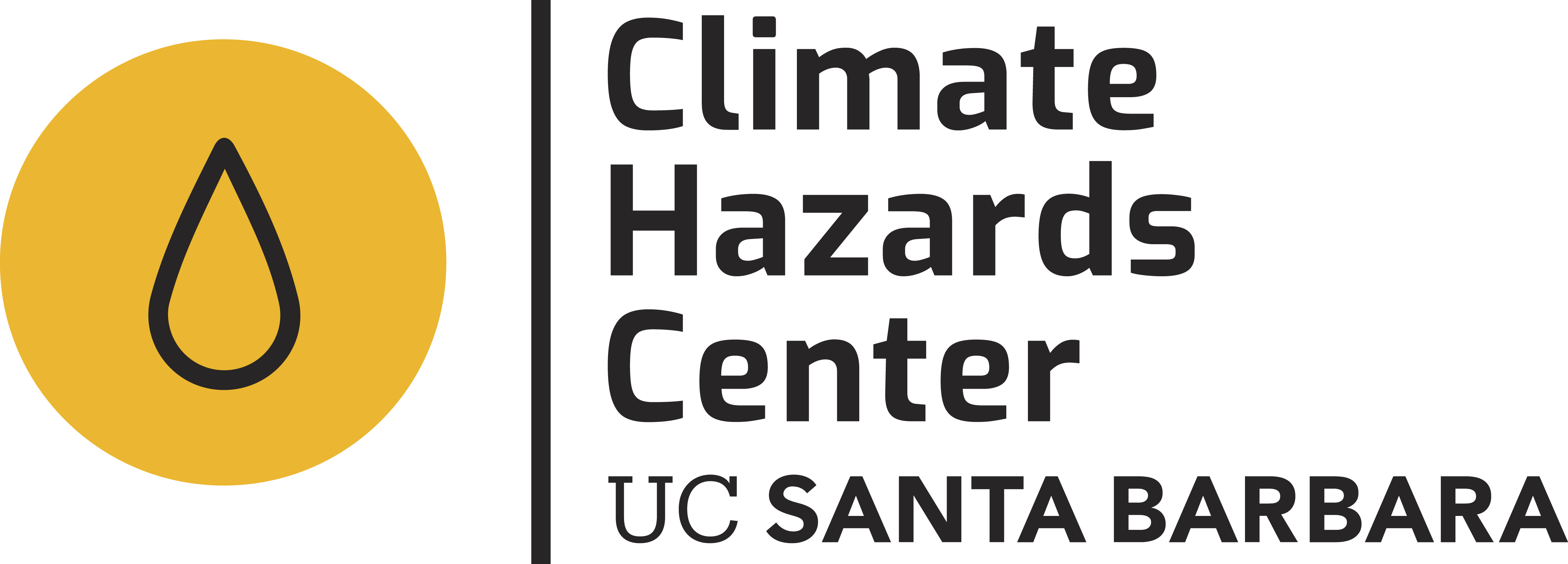Experimental Subseasonal Forecasts (SubC)
*Please note that the new maps are typically available by 9 pm GMT each Thursday; however, if the latest forecasts from all models are not available in time, the maps will also be updated on Friday, Saturday, and Sunday.
The maps below show the climate forecasts over the next 30 days. In addition to Global maps, CHC produces maps for food insecurity-prone regions, including Africa, East Africa, Southern Africa, West Africa, Central America, Southeast Asia, and Central Asia. The climate variables shown here are precipitation, daily temperature average, daily temperature maximum, and daily temperature minimum. The source of these forecasts is the North American Multimodel Ensemble (NMME) SubX project (Pegion et al., 2019), which provides climate forecasts based on multiple climate models. We are currently using climate forecasts from up to 6 of those models. As of now, all 6 models provide precipitation, daily temperature average forecasts, and only 4 models provide daily temperature maximum, and daily temperature minimum forecasts.
The maps below show the anomaly of climate forecasts at “Monthly scale” (over the next 30 days) and “Weekly scale” (over the 1st week, 2nd week, 3rd week, 4th week). In case of precipitation, values are added to reflect weekly or monthly total, and in the case of other variables, the daily values are averaged over those periods. The forecast anomaly is calculated relative to each model’s own historical forecast climatology, which consists of forecasts made for the target period during 1999-2016. For example, to convert subseasonal forecasts from a given model, released during the first week of January, all historical forecasts from that given model, which were released in the first week of January (from January of 1999 to 2016) were used as its climatology. Multimodel mean is a simple average of the forecast anomalies from all individual models.
In the near future, forecasts of more variables, such as sea surface temperature and wind, will be added, and probabilistic forecast maps will be made available as well.
Global
Precipitation
Temperature Average
Temperature Max
Temperature Min
Africa
Precipitation
Temperature Average
Temperature Max
Temperature Min
East Africa
Precipitation
Temperature Average
Temperature Max
Temperature Min
Southern Africa
Precipitation
Temperature Average
Temperature Max
Temperature Min
West Africa
Precipitation
Temperature Average
Temperature Max
Temperature Min
Central America
Precipitation
Temperature Average
Temperature Max
Temperature Min
Southeast Asia
Precipitation
Temperature Average
Temperature Max
Temperature Min
Central and Southern Asia
Precipitation
Temperature Average
Temperature Max
Temperature Min
Reference:
Pegion, K., B.P. Kirtman, E. Becker, D.C. Collins, E. LaJoie, R. Burgman, R. Bell, T. DelSole, D. Min, Y. Zhu, W. Li, E. Sinsky, H. Guan, J. Gottschalck, E.J. Metzger, N.P. Barton, D. Achuthavarier, J. Marshak, R.D. Koster, H. Lin, N. Gagnon, M. Bell, M.K. Tippett, A.W. Robertson, S. Sun, S.G. Benjamin, B.W. Green, R. Bleck, and H. Kim, 2019: The Subseasonal Experiment (SubX): A Multimodel Subseasonal Prediction Experiment. Bull. Amer. Meteor. Soc., 100, 2043–2060, https://doi.org/10.1175/BAMS-D-18-0270.1
Acknowledgments:
The Climate Hazards Center acknowledges support from NASA SERVIR Applied Sciences Team grant 80NSSC20K0163, NOAA Regional Integrated Sciences and Assessments (RISA)'s support through the California–Nevada Applications Program (Grant number: NA17OAR4310284), the NASA Harvest Consortium, Award No #80NSSC18M0039, and United States Agency for International Development (USAID) cooperative agreement #72DFFP19CA00001.
